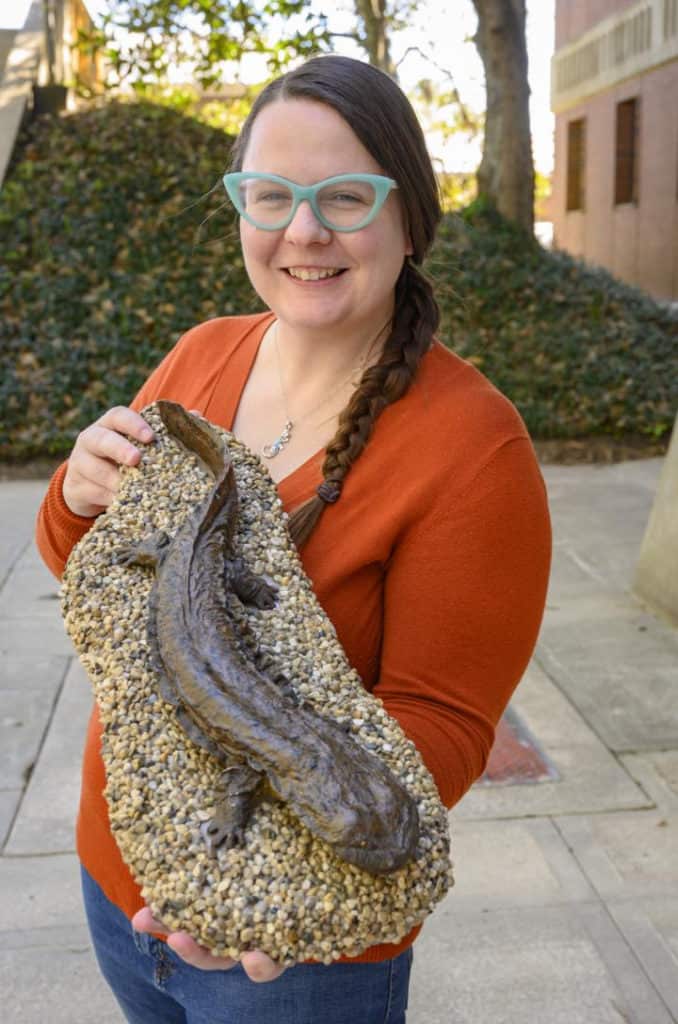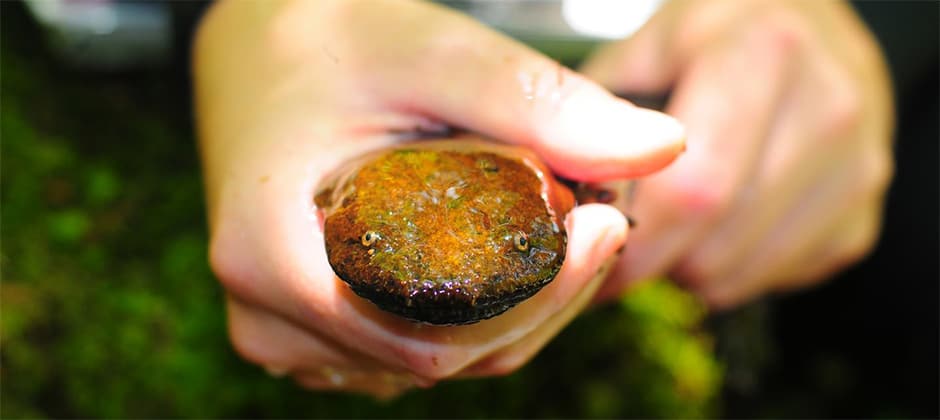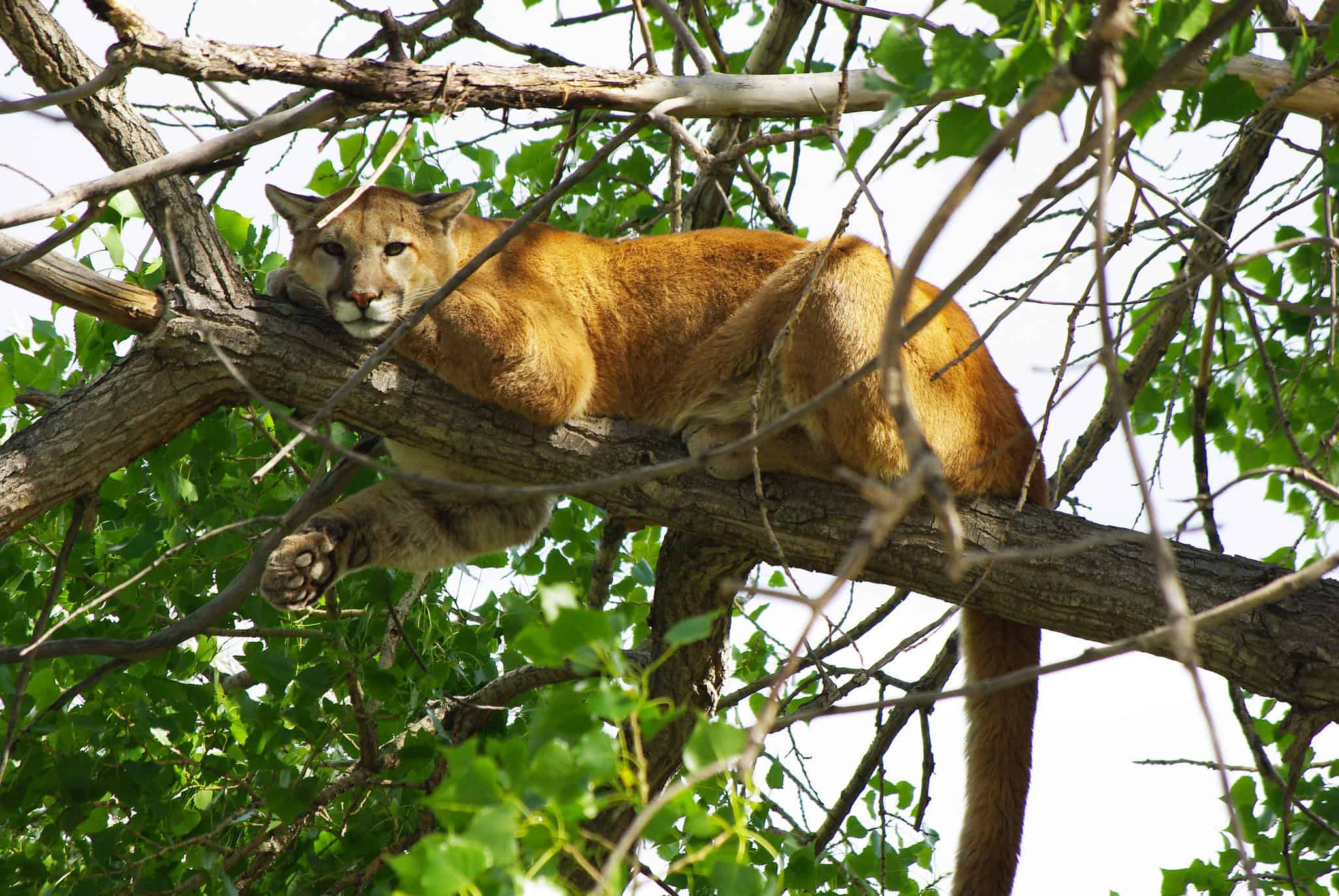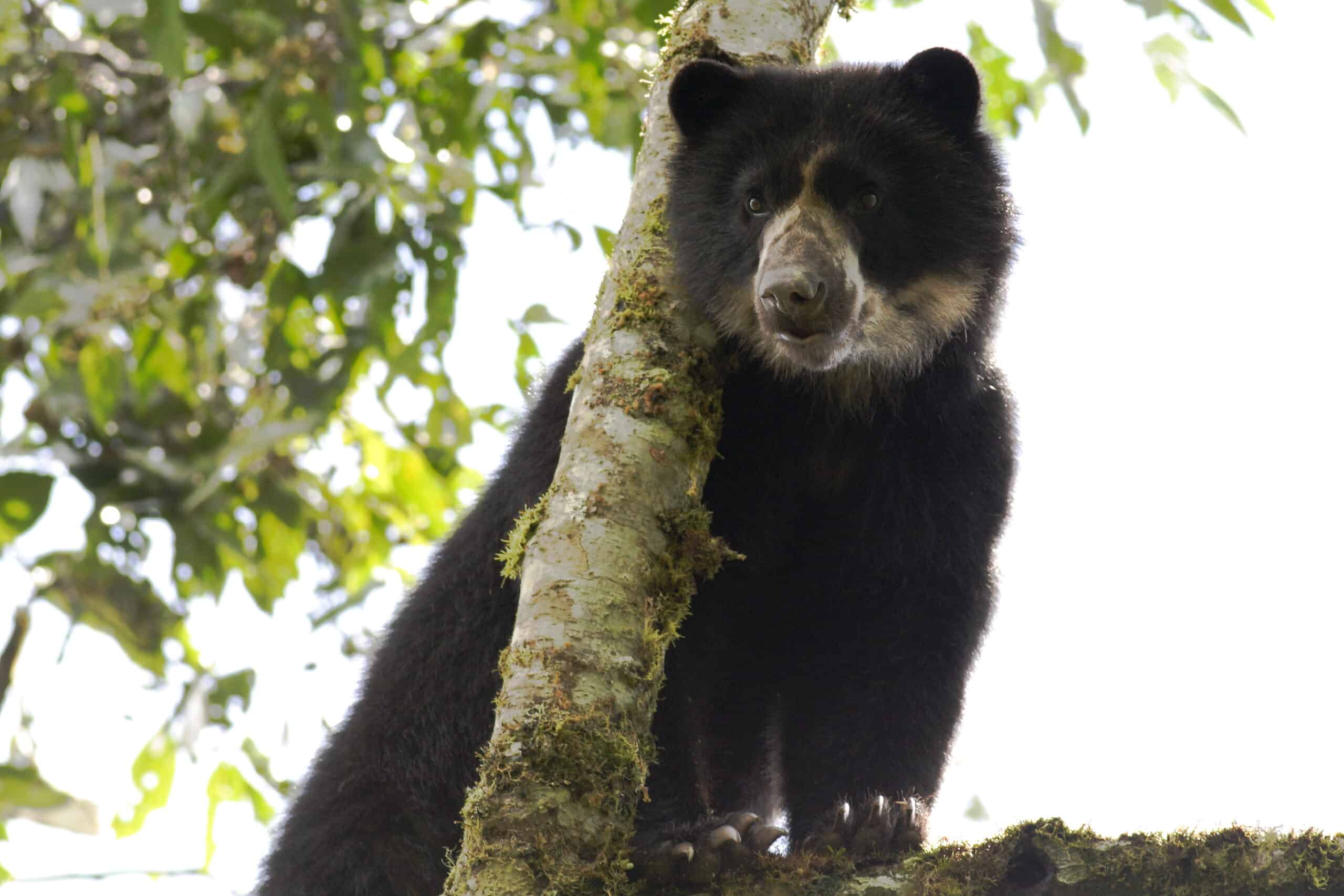Share this article
Hellbenders are picky about finding the perfect rock to call home
Home hunting is always a challenge, but eastern hellbenders (Cryptobranchus alleganiensis) face the danger of getting killed if they don’t find the right rock to hide under.
“Stream flow can get very extreme very quickly. These huge boulders will just roll,” said Kirsten Hecht, a PhD candidate in ecology at the University of Florida and the lead author of the study published recently in Copeia. Picking the right home is also important because it will keep them safe from predators and help them find food of their own, she said.
Despite their size — eastern hellbenders can grow as large as 2 ½ feet long — researchers often have trouble tracking down the cryptic amphibians. The animals face threats from pollution, disease, predation from invasive species and habitat loss, and they have been extirpated from parts of their range. A hellbender wasn’t confirmed for decades in Alabama until recently, while Mississippi hellbenders have been nearly as scarce.
Finding young hellbenders is even rarer. But Hecht’s co-author Max Nickerson, a curator at the Florida Museum of Natural History who has been tracking the amphibians for years, found a relatively large number of larvae in a mountain stream in the Great Smoky Mountains in Tennessee several years ago.
The researchers wanted to get a better understanding of the key components that make up good hellbender habitat to help inform future conservation efforts.
They snorkeled through mountain streams, carefully lifting up rocks and taking DNA samples in search of hellbenders in the stream where Nickerson discovered so many larvae.
They recorded the types of habitat where they found gilled larvae, which are the salamander equivalent to a frog’s tadpole, subadults, which have lost their gills but don’t mature until they are 5 to 7 years old, and larger adults.

They found that all age groups preferred to hide under rocks. But the rocks they chose were based on the size that fit them best. “Hamburger-sized” rocks were large enough to suit the larvae, which start their lives as small as one inch in length, while the adults preferred boulders.
Stability is a big consideration, she said, since streams can be full of predators. They can flood during some seasons, which can bring currents strong enough to roll boulders along the river or creek beds and potentially crush the amphibians.
The interior is important, too. “It’s like the walls and carpeting,” she said. All hellbenders tend to prefer course gravel to more fine-grained gravel and sand, which can sweep into their aquatic caves and take up too much space.
Having enough stable space is also important, Hecht said, because these same homes can attract the prey that hellbenders feed on — something they also studied in the amphibians, by flushing out their stomach contents using syringes. “Basically, by making salamanders throw up, we got to find out what they were eating,” she said.
They found that the young rely mostly on aquatic insects while the adults prey on crayfish and fish.
“They typically eat a lot of things under the rocks,” Hecht said — including each other.
A better understanding of what makes a good home for hellbenders of all ages could help conservationists protect key habitat for the species, which is under consideration for listing under the Endangered Species Act.
Header Image: Selecting a 'just right' rock — too tiny for one's bigger neighbors — could help young hellbenders avoid getting eaten. ©Phil Colclough/Zoo Knoxville








